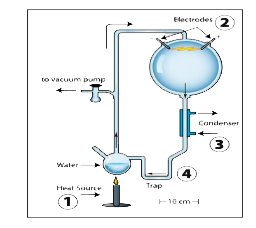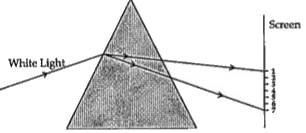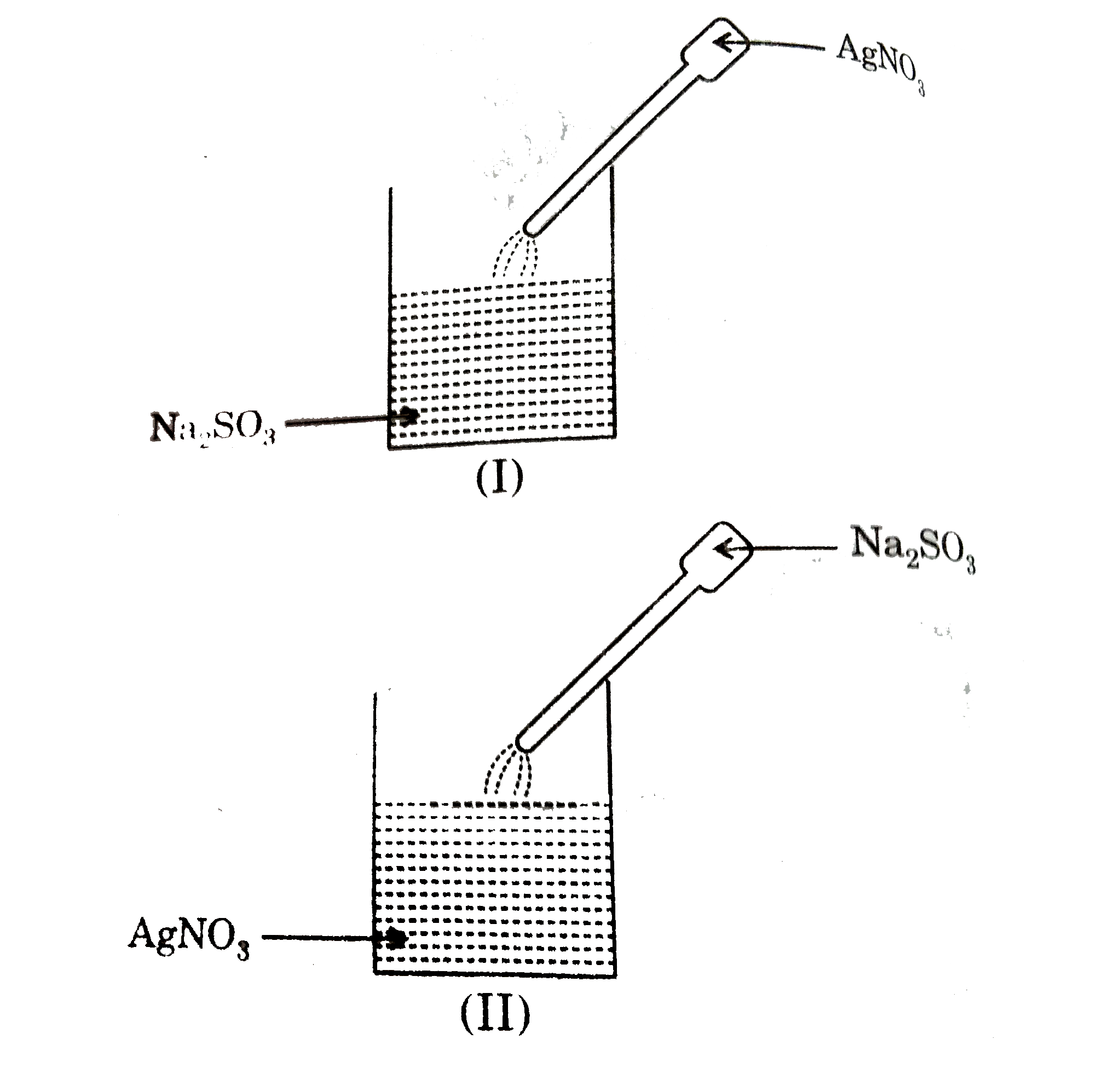
(a) State the hypothesis which S.L. Miller tried to prove in the laboratory with the help of the set up given above.
(b) Name the organic compound observed by him in the liquid water at the end of his experiment.
(c) A scientist simulated a similar set up and added CH4,CH3 and water vapour at 800∘C Mention the important component that is missing in his experiment ?
(a) Chemical evolution - first form of life originated from pre-existing non-living organic molecules.
(b) Amino acids
(c) H2
Topper's Solved these Questions
- BOOK - XII BOARDS PREVIOUS YEARCHAPTER - SAMPLE PAPER 2019EXERCISE - Section C Part A2videos
SAMPLE PAPER 2019
- BOOK - XII BOARDS PREVIOUS YEARCHAPTER - SAMPLE PAPER 2019EXERCISE - Section C Part B2videos
SAMPLE PAPER 2019
- BOOK - XII BOARDS PREVIOUS YEARCHAPTER - SAMPLE PAPER 2019EXERCISE - Section B6videos
SAMPLE PAPER 2019
- BOOK - XII BOARDS PREVIOUS YEARCHAPTER - QUESTION PAPER 2023EXERCISE - Question51videos
QUESTION PAPER 2023
- BOOK - XII BOARDS PREVIOUS YEARCHAPTER - XII BOARDSEXERCISE - SET- I35videos
XII BOARDS
Similar Questions
Knowledge Check
- Question 1 - Select One

The phenomenon observed in above set-up isAscattering of lightBdispersion of lightCreflection of lightDrefraction of light - Question 2 - Select One or More
Observe the following experiment.

The correct statement about set up (I) and (II) are:AIn set up (I), initially no precipitate is formed but on adding of excess of reagent and followed by boiling gives greyish black ppt.BIn set up (II), initially white precipitate is formed as well as on boiling gives greyish black ppt.CIn set up (II), the precipitate is soluble is dilute nitric acid, and gives gas with suffocating smell of burning sulphur which turns lime water milky.DIn set up (I), the precipitate is formed with excess AgNO3 which is soluble in ammonia solution. - Question 3 - Select One
What did S.L. Miller observe in his experimental set-up?
AFormation of sugars and nitrogenous basesBFormation of amino acidsCFormation of pigmentsDFormation of fats.
Study the diagrammatic representation of S.L. Miller's experiment given below and answer the questions that follow: (a) How did S.L. Miller create the conditions which existed before the origin of any life on Earth (b) Name the organic compound formed and collected at the end of his experiment. (c)Mention the kind of evolution is experiment supports
 View Solution
View SolutionS.L. Miller an American scientist created electric discharge experiment in a closed flask containing CH4,H2,NH3 and water vapour at what temperature?
View SolutionThe compound CH3−C≡C−CH3 can be names as:
View SolutionIn Miller’s experiment, He used a mixture of CH4 , NH3 , H2 and water vapour in a closed flask to mimic early earth’s conditions. What was the temperature at which this flask was kept?
View SolutionWhich compounds were used by Miller in his experiment for obtaining amino acids and other organic substances?
View Solution

